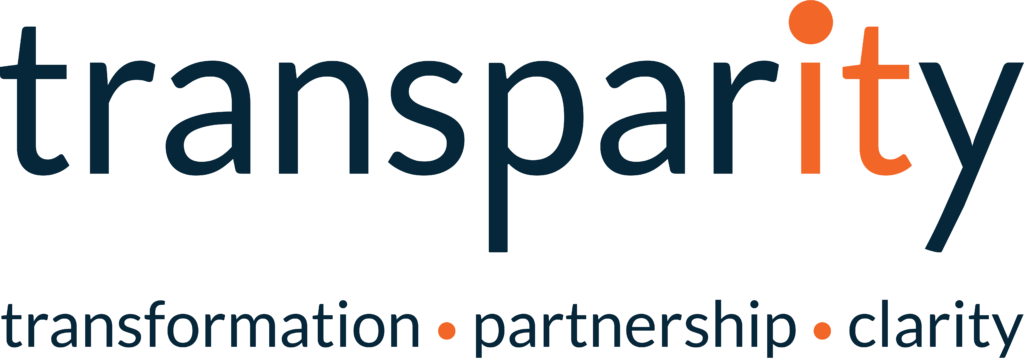Is it time for your enterprise to consider a data migration strategy?
Incorporating the migration of data from one platform to another – such as from an on-premise system to a cloud-based approach – enterprises must be fully aware of the risks, benefits, and common processes involved throughout the data migration lifecycle. If not, this may lead to an unsuccessful migration – extending deadlines, budget, and resource demand.
Regardless of the reasoning behind a data migration project, every enterprise must first create a data migration strategy. This will form the project’s blueprint and will consider several considerations and constraints. It’s here in the data migration strategy that teams will find the answers to questions such as:
- How long will the data migration project take?
- Will there be any system downtime throughout the migration process?
- Who will be responsible for monitoring and completing the migration?
- What approach to migration will we take?
While data migration can be necessary and advantageous to many enterprises, teams may encounter several misconceptions in the consideration phase. If not addressed, these misconceptions may threaten to disrupt data migration processes through misinforming strategies. As a result, migration processes may be ineffective, lacking functionality, or expansive in terms of resource and cost.
At a glance, three of the biggest misconceptions include:
- Data migration projects are a one-time thing
- Data migration is the sole responsibility of IT teams
- Data migration simply means copying data
Learn more about some of these misconceptions, and the truth behind data migration below, or read more about our tried-and-tested approach to building data migration strategies.
Misconception #1: data migration projects are a one-time thing
It’s not uncommon for enterprises to think of effective data migration as a single transactional process – much like executing a task and waiting for it to finish.
However, successful data migration involves several stages to ensure effective and thorough completion. If teams fail to give each of these stages the care and attention they deserve, the result – and long-term quality of your newly migrated data – may suffer.
Rather than a single task to be completed, successful data migration involves three stages:
1. Pre-migration
As well as preparing the data migration strategy itself, pre-migration involves preparing the data in question, assessing any system requirements, as well as estimating the budget, deadline, and accountability.
2. Migration
The migration stage includes, unsurprisingly, the migration of data itself. This is the core stage that most stakeholders will be concerned with, and includes moving data from one system to another.
As well as migrating the data itself, this stage may also include the development of any additional infrastructure needed, as well as any application or code changes.
3. Post-migration
After data has been successfully migrated, teams must ensure that all users, teams, and stakeholders are sufficiently trained in the maintenance and use of the new system.
For IT teams this may include how best to monitor, maintain, and provide ongoing admin, for new systems and infrastructure. For end users, this may involve familiarising themselves with new interfaces. This stage promptly brings us to our next common misconception.
Misconception #2: Data migration is the sole responsibility of IT teams
While IT teams may be those responsible for ensuring effective and secure migration, this process involves almost every user across a business. In the pre-migration stage, getting the input of key stakeholders on requirements, objectives, and budget is essential.
Post-migration, communicating with all users throughout a business is essential, ensuring that they’re confident with new systems and infrastructure.
If users aren’t aware of how to correctly interact with, access, and store data in new systems, they may unintentionally increase the risk of data loss or breaches. Another consequence is a lack of confidence in new processes altogether – which may lead to disruptive data silos.
Misconception #3: Data migration strategies just involve copying data
For many, data migration may seem to involve the copying of data from one system to another, but it is so much more.
Data migration requires a well-planned strategy that involves the sophisticated transfer of data between systems. To facilitate this process, there are many different approaches to migration. Two of the most common approaches include:
Big bang migration
Big bang migrations are completed in a very narrow timeframe. Achieving this involves ETL processes and migration to new databases while all live systems are down.
Trickle migration
Trickle migrations are completed in phases. During these phases, the old and new target systems run simultaneously. As a result, trickle migration means very limited downtime or interruptions, if any. With processes consistently running, data can be continuously migrated.
Enabling effective data migration
Data migration strategies enable enterprises to take advantage of the benefits offered by centralised data sources such as those offered on the cloud. Through our team of specialists, we’re able to offer value-led services to achieve a vast array of business objectives – from managing successful data migration projects to implementing enhanced automated capabilities.
To learn more and discuss the best approach to data migration for your enterprise, book a free initial consultation with us today.




